Are you a budding gardener who is eager to get started planting in Texas? If so, there are plenty of vegetables that can thrive in the Texas climate provided you pay attention to when they should be planted. With temperatures fluctuating during different seasons, it can sometimes be tricky to determine the best times for tilling and seeding your soil and transplanting seedlings into your garden. Whether you’re an experienced green thumb or just getting started learning about gardening in Texas, we have all the details you need to know about when it’s time to plant a vegetable garden!
What is the Advantage of a Vegetable Garden?
Having your own vegetable garden is an incredibly rewarding activity that can provide a variety of benefits. Not only does growing your own vegetables offer financial savings, it also encourages healthier eating habits and allows you to control the quality of produce you consume. Here are some of the key advantages of having a vegetable garden:
- Cost Savings – Growing your own fruits and vegetables is a great way to save money on your grocery bill. Not only do you avoid buying expensive produce from the store, you also reduce packaging waste and don’t have to pay for transport costs. [1]
- Nutrients – Growing your own fruits and vegetables ensures that the produce you consume is of the highest quality. A vegetable garden will provide access to organically grown produce, harvested when it is at its peak ripeness. This ensures that your vegetables are packed with the highest possible levels of vitamins and minerals.
- Variety – A vegetable garden allows you to choose from a wide selection of fresh fruits and vegetables. From lettuce and tomatoes to squash and melons, you can plant whatever type of produce you enjoy eating most.
- Environmentally Friendly – Growing your own vegetables helps reduce the amount of water, fertilizer and pesticides used in commercial farming. This reduces the environmental impact of food production and helps create a healthier ecosystem overall.
- Healthy Lifestyle – Eating fresh, home-grown produce encourages healthier eating practices and helps maintain a healthy lifestyle. With access to fresh fruits and vegetables straight from the garden, you can create delicious salads that are full of nutrition without added preservatives or additives.
- Community Engagement – Vegetable gardens are an excellent way to get involved in your local community. Whether through community gardening projects or just sharing your produce with neighbors, having a vegetable garden is a great way to meet people and foster relationships.
It’s easy to see why having a vegetable garden can be so beneficial. With the money saved, the environment protected and the additional nutrients consumed, it’s no wonder so many people are turning to growing their own food. So why not give it a try? [2]
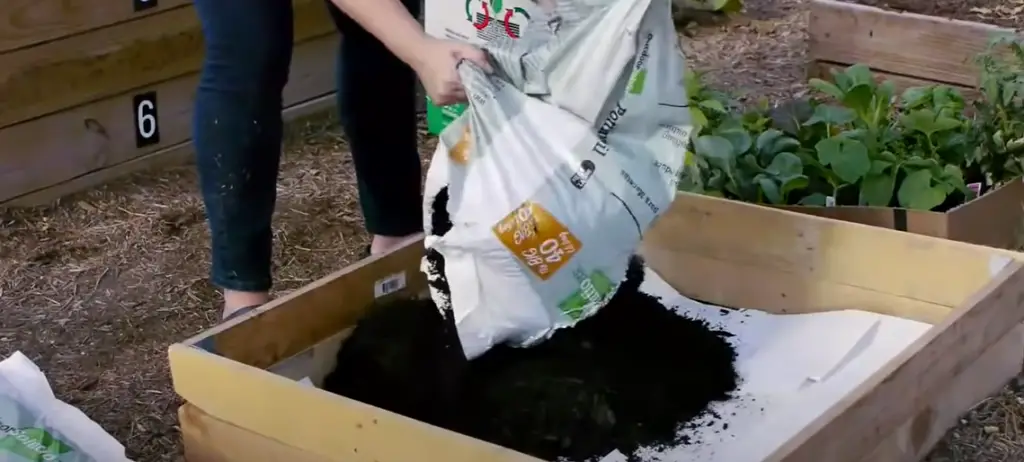
What is Vegetable Companionship and How to Achieve It?
Vegetable companionship is the practice of growing plants together in a way that benefits both species. This technique has been used for centuries to improve crop yields, reduce the risk of disease, and promote overall plant health.
There are several ways to achieve vegetable companionship in your garden. One method is by using companion planting, where certain plants are grown next to each other to provide mutual benefits. For example, planting marigolds with tomatoes can help repel pests and improve the flavor of the tomatoes. Another way is by rotating crops, which means changing the location of plants each season to prevent soil depletion and disease buildup.
Another important aspect is understanding which plants are good companions and which are not. Some plants actually inhibit each other’s growth or attract pests, so it’s essential to do your research before planting. Some common companion plants include beans with corn, basil with tomatoes, and lettuce with carrots.
Furthermore, incorporating beneficial insects into your garden can also promote vegetable companionship. These insects, such as ladybugs and praying mantises, prey on pests that can harm your plants. You can attract these helpful insects by planting flowers like daisies and sunflowers in between your vegetables.
Overall, vegetable companionship is a sustainable and natural way to improve the health of your garden. By utilizing companion planting, crop rotation, and other techniques, you can create a harmonious environment for your plants to thrive in. So next time you’re planning your garden, consider implementing these methods to achieve vegetable companionship and reap the benefits. Happy gardening! [4]
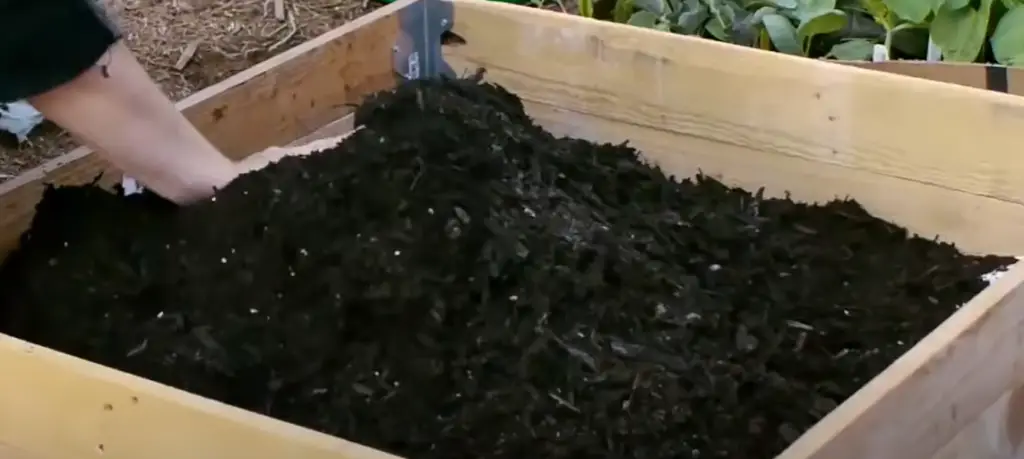
Is the Texas Climate Suitable for Growing Vegetables?
Texas has a very warm climate and long growing season, making it an ideal state for producing many delicious vegetables. However, the exact suitability of different vegetables varies from region to region within Texas due to variations in soil conditions and other factors.
In general, tomatoes, corn, beans, squash, and okra all grow well in most areas of the Lone Star State. The northern region of Texas can also be suitable for growing peppers, cucumbers, and other vegetables.
For those looking to grow more unusual vegetables in Texas, there are still plenty of options. Brussels sprouts, artichokes, sweet potatoes, and some root vegetables such as carrots and beets all do well in the warmer climate with careful planting and maintenance.
No matter what type of vegetables you want to grow, it is important to remember that the success of any crop depends on a number of variables such as soil fertility and moisture levels, access to sunlight, and proper fertilization. It can take some trial and error before you find the right recipe for your garden in Texas. [5]
When to Start Planting in Texas?
Living in Texas, the weather can be unpredictable and knowing when to start planting is essential. The ideal time for planting depends on the plant type you are growing as well as your local climate. To help you determine the best time to begin your gardening journey, we’ve outlined some general guidelines below:
Spring Planting
Most vegetable plants, herbs, and annual flowers can be planted in spring (March through April). When planting during this time of year, it’s important to watch the weather. If temperatures are consistently below 55 degrees Fahrenheit at night, wait another week or two before planting.
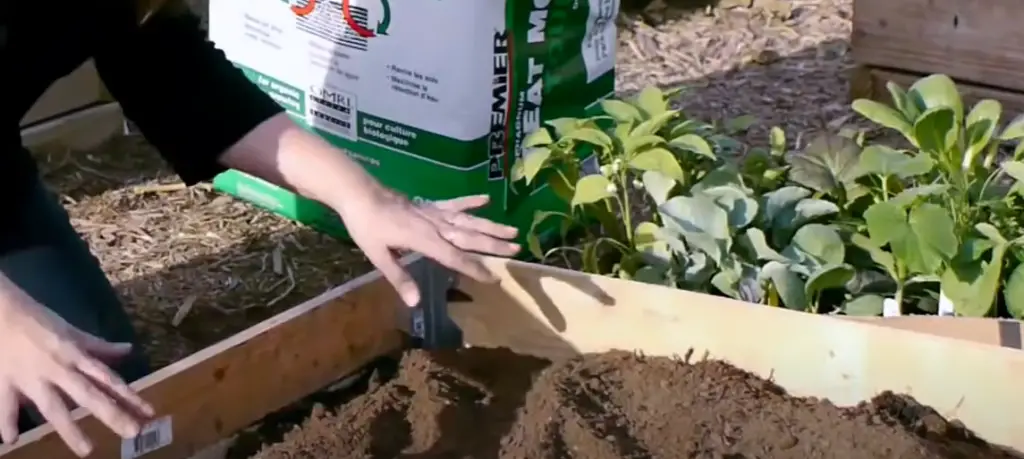
Summer Planting
Planting in summer (May-July) works best for heat-loving vegetables, such as tomatoes and peppers. Depending on your region, summer planting may need to be done in stages with the help of cold frames or shade cloths to protect plants from excessive heat. Use a soil thermometer to check temperatures before you start planting.
Fall Planting
In Texas, fall’s cooler weather provides an ideal opportunity for late-season planting. Fall is an ideal time to plant peas, spinach, lettuce, broccoli, and other cool-season vegetables.
Winter Planting
Winter in Texas can be unpredictable with warm wet spells followed by cold dry ones. If you’d like to start early spring planting, winter is the optimal season for pre-seeding vegetables such as onions, kale, and other hardy greens.
Regardless of when you decide to start planting, always make sure your soil is prepared properly. Test your soil for nutrients to ensure optimal results. When in doubt, consult with an experienced gardener or local nursery for advice and tips on the best time to plant! [6]
What Are the Most Popular Vegetables to Grow in Texas?
Texas has a humid, subtropical climate which makes it an excellent place to grow a variety of vegetables. The most popular vegetables to grow in Texas include tomatoes, bell peppers, squash, okra, sweet potatoes and green beans. Each of these vegetables are suited for the warm climate and can be grown easily with the right soil and water conditions.
- Tomatoes are by far the most popular vegetable to grow in Texas. They can be grown from seeds or seedlings, and require plenty of sunlight and water for optimal growth. To get the best harvest, tomatoes should be harvested when they are ripe.
- Bell peppers are another popular vegetable to grow in Texas. Bell peppers come in a variety of colors including red, orange, yellow, and green. Growing bell peppers in Texas requires plenty of sunlight and moist soil.
- Squash is a popular choice for those looking to grow vegetables in Texas. Squash can be grown from seeds or seedlings, with varieties such as zucchini, summer squash and pumpkin all being suited to the warm climate of Texas.
- Okra is a popular vegetable to grow in Texas, and can be planted from seed or seedlings. The okra plant requires plenty of sunshine and water for optimal growth and should be harvested when the pods are young and tender.
- Sweet potatoes are another popular choice for those growing vegetables in Texas. Sweet potatoes need moist soil, plenty of sunlight and good drainage for successful growth. Sweet potatoes should be harvested when the vines begin to die back and the tubers are fully developed.
- Green beans are a popular vegetable to grow in Texas, with pole beans and bush beans both being suitable for the climate. Green beans should be planted in early summer and will require plenty of sunlight, water and good soil drainage for successful growth. [7]
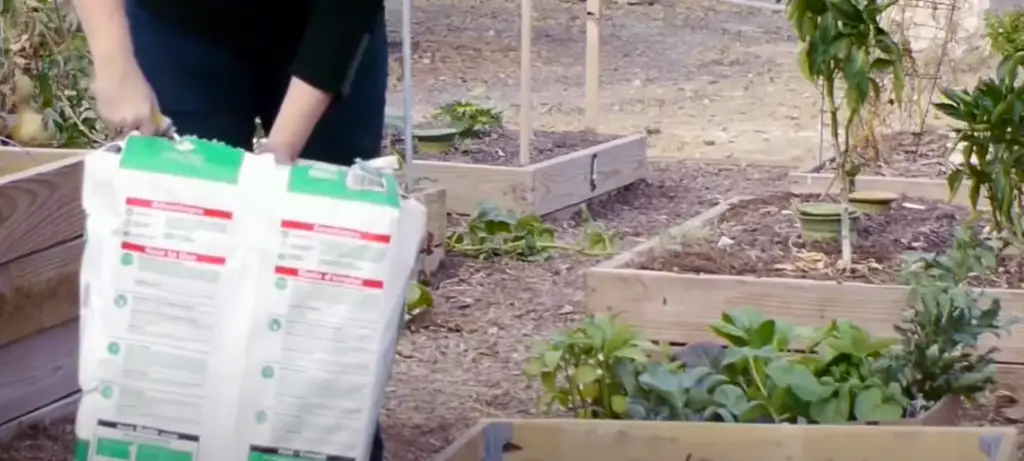
How to Grow a Vegetable Garden?
Growing a vegetable garden is easy and rewarding. Here are the steps to get started:
- Decide what you want to grow: Take some time to think about your favorite vegetables and plan which ones you would like to grow in your garden. Consider the amount of light, space, water, and other conditions needed for optimal growth and harvest.
- Prepare the soil: Good soil is essential for successful gardening. Conduct a soil test to determine what nutrients are present and necessary for optimal growth. Properly nourish and amend your soil before planting, if needed.
- Plant properly: Many vegetables can be grown from seeds or seedlings purchased from the store or online. Choose your preferred method of planting for each vegetable and follow the instructions on each seed packet or plant tag.
- Water regularly: Different types of vegetables require different amounts of water. Check with your local garden center for specific watering requirements for each type of vegetable you grow.
- Fertilize: Adding fertilizer can help maintain healthy soil and promote optimal growth in your vegetables. Follow the instructions on the fertilizer packaging to ensure your plants get the right nutrients.
- Monitor growth: Watch for pests and diseases that may affect your vegetables. Regularly check for signs of stress in your plants and take action if needed.
- Harvest: When it’s time to harvest, make sure to pick fruits and vegetables at their peak ripeness for the best flavor.
With a few simple steps, you can have your own vegetable garden in no time! With proper planning and regular maintenance, you’ll be able to enjoy delicious vegetables all season long. [8]
How to Care for Vegetables?
Growing vegetables in your own backyard is an excellent way to get the freshest produce. Enjoying a delicious home-cooked meal with vegetables from your garden is a pleasure that many of us can enjoy. But first, you need to know how to properly care for your vegetables so that they stay healthy and vibrant throughout the growing season.
Here are some tips on how to care for your vegetables:
- Select the right varieties and plant them in an area with plenty of sunlight. Many vegetables require at least six hours per day of direct sunlight, so make sure you choose a spot that will meet their needs.
- Water regularly and deeply to keep your plants well-hydrated throughout the growing season. Be sure to check the soil before watering to make sure that it’s not already damp. It’s also important to water early in the morning so that the foliage will dry quickly and won’t be prone to disease.
- Weed your garden regularly, as weeds compete for nutrients from your vegetables, making them weaker and less healthy.
- Mulch around your vegetable plants to help retain moisture and keep the soil temperature more even throughout the day.
- Fertilize your vegetables every few weeks with a nutrient-rich fertilizer to ensure they receive all of the necessary nutrients for healthy growth.
- Keep an eye out for pests and diseases, as these can quickly ruin your crop. If you suspect that any of your plants have been affected, be sure to take action quickly to prevent them from spreading.
- Harvest your vegetables at the peak of ripeness for the best flavor. This will also ensure that they have all the nutrients and vitamins that they need. [9]
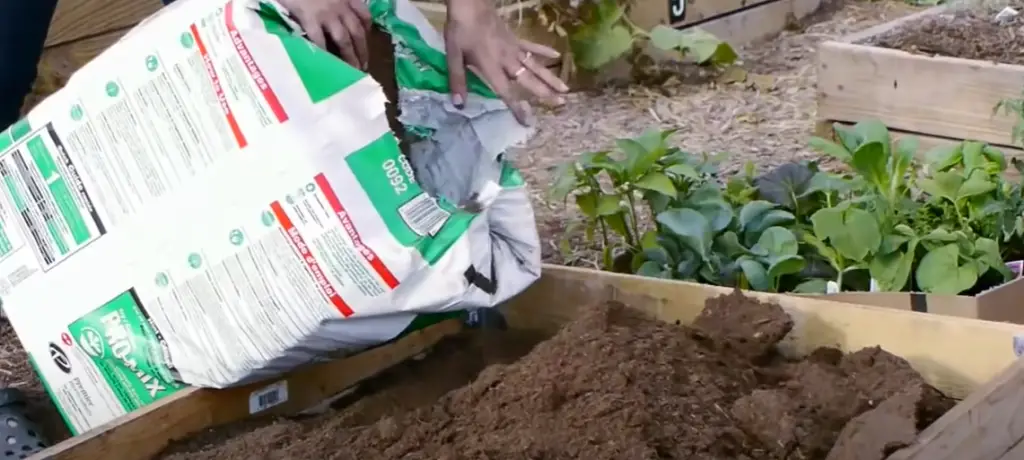
Do Vegetables Need Fertilizer?
Growing vegetables can be a rewarding experience, but it also requires some effort. Knowing whether or not to fertilize your garden is one of the many decisions a gardener must make. Fertilizer can help plants get the nutrients they need, but too much fertilizer can damage sensitive roots and ruin a crop. In this guide, we’ll explore when and how to fertilize vegetables.
Soil Requirements
Before considering fertilizer, it’s important to understand the soil needs for your vegetables. Different types of vegetables have different nutrient requirements, so research the specific requirements of each vegetable you plan to grow. Furthermore, soils can vary greatly from region to region and even within a single garden. A soil test will help you determine which nutrients are lacking and how to supplement them.
Fertilizer Types
Once you understand the soil requirements for your vegetables, it’s time to choose a fertilizer. There are two general categories of fertilizer: organic and synthetic. Organic fertilizers include manure, compost, bone meal, fish emulsion, etc., whereas synthetics contain minerals like nitrogen, phosphorus and potassium.
Fertilizing Tips
When fertilizing vegetables, it’s important to use the right amount at the right time. Too much fertilizer can overwhelm a garden, while too little may not get the job done. Test your soil regularly to ensure proper nutrient levels and adjust accordingly. Furthermore, some vegetables are more sensitive than others, so it’s important to research when and how much fertilizer to use for each type of vegetable.
Alternatives to Fertilizing
In some cases, fertilizers may not be necessary or even desirable. Use mulch material—like straw, grass clippings or leaves—to help conserve moisture and reduce weeds in your garden. Furthermore, cover crops can add nutrients and organic matter to the soil while suppressing weeds and pests.
Fertilizing vegetables is just one part of a successful gardening strategy. As with any garden task, proper research and care will ensure the best results. With the right soil, fertilizer and effort, you can grow a healthy crop of nutritious vegetables! [10]
How to Harvest Vegetables?
Harvesting vegetables is an important part of ensuring a successful garden. It is important to know when to pick your vegetables so that you can enjoy them at their peak flavor. Here we will cover the basics of harvesting vegetables and provide some tips on how to harvest them successfully:
- Timing: Knowing when to pick your vegetables is key for a successful harvest. Generally, vegetables should be picked when they are at their full size and maturity. Most vegetables are ready to pick when they reach the size that is indicated on the seed packet. If you’re unsure, try tasting a few to check for ripeness or check with your local garden center for more information about specific varieties of vegetable plants.
- Tools: A pair of garden shears or a sharp knife are the best tools to use when harvesting vegetables. Make sure that your tools are clean and free from rust before using them, as this can potentially contaminate your harvested veggies.
- Proper Storage: After you’ve harvested your vegetables, it’s important to store them properly so that they don’t spoil. Different vegetables have different storage needs, so it’s important to research the best way to store yours before you harvest them.
- Preparing and Cooking: Once you’ve harvested your vegetables, the next step is to prepare and cook them. Depending on the vegetable, there are a variety of ways to do this. Some vegetables may need to be blanched or steamed before being eaten raw or cooked, while others simply require washing and cutting. [11]
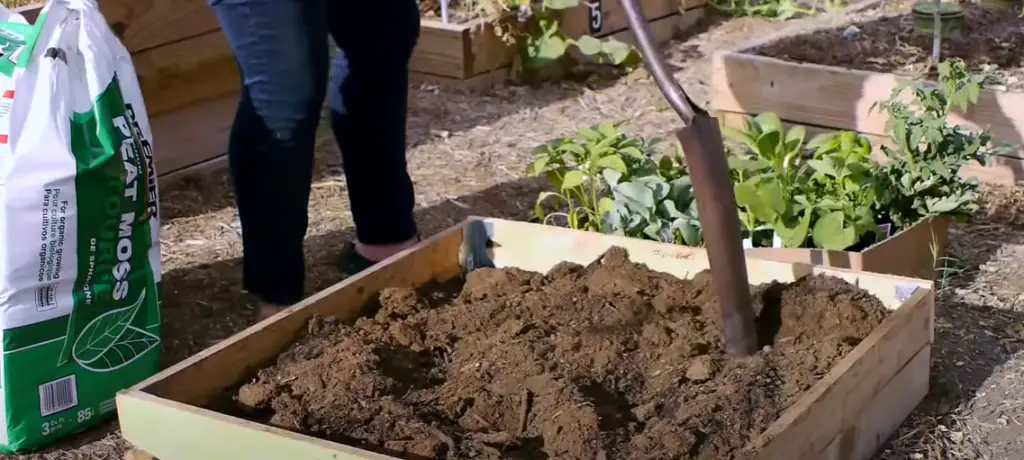
FAQs
Can you have a vegetable garden year round in Texas?
Yes, it is possible to have a vegetable garden year round in Texas. The key to success is choosing the right vegetables and taking into account the climate of your area. You will need to select varieties that are suited for both short and long seasons as well as those that can tolerate heat and drought. Additionally, you should look out for pests or diseases that may be a problem in your area. With proper planning and care, you will be able to have a successful vegetable garden year round in Texas.
What is the best month to start a vegetable garden?
The best month to start a vegetable garden depends on the individual gardener’s location and climate. Generally, it is best to wait until after all danger of frost has passed before planting vegetables. In colder climates, this means waiting until May or June; in warmer climates, it could be as early as late March or April.
It is important to take into consideration soil temperature when deciding the best time to plant. Ideally, soils should reach at least 55°F (13°C) before planting any vegetable seeds. Planting in colder soil can lead to slow and uneven germination, which can set the garden back.
Is it hard to garden in Texas?
Texas can be a tough place to garden. The hot summer sun and unpredictable weather can make it difficult for novice gardeners to get started. But with the right preparation and knowledge, even Texans can have success growing their own vegetables! The key is knowing what types of vegetables do best in Texas’s climate, how to keep them healthy during extreme weather, and how to maximize your harvest. With the right techniques, Texans can have a bountiful vegetable garden year-round!
Vegetables like tomatoes, peppers, and okra will thrive in Texas’s hot climate. Plant them in well-drained soil and make sure they get plenty of sunlight—at least six hours per day.
Do tomatoes grow well in Texas?
Tomatoes love the heat and do really well in Texas climates. The key to growing tomatoes successfully in Texas is making sure they get enough sun and water. A sunny spot with plenty of room for the roots to grow will help ensure your tomatoes thrive. Additionally, frequent watering will help keep the soil moist and prevent the fruit from splitting or cracking in tough Texas summers. With a little patience and plenty of TLC, tomatoes can be grown successfully in Texas.
Useful Video: How Do I Start a Small Vegetable Garden in Texas?
To Sum Up
Planting a vegetable garden in Texas can be a rewarding experience that yields many health, financial, and environmental benefits. Whether you decide to plant indoors or outdoors, the early spring season is an optimal time to start planting vegetables in Texas. To ensure optimal success in growing your vegetable garden, it’s important to properly prepare the soil before seeding and properly maintain your plants throughout the duration of their growth cycle. Additionally, regularly watering your plants will help ensure they stay healthy and will ultimately increase the yield of vegetables you receive as a result of your hard work!
References:
- https://ecogardener.com/blogs/news/what-are-the-benefits-of-growing-a-vegetable-garden
- https://www.gaiasorganicgardens.com.au/12-benefits-vegetable-garden/
- https://greenlifesoil.com.au/sustainable-gardening-tips/companion-planting
- https://www.almanac.com/companion-planting-guide-vegetables
- https://www.harvestbyhillwood.com/how-to-grow-a-successful-texas-garden/
- https://www.floridayards.org/when-to-plant-a-vegetable-garden-in-texas/
- https://www.harvestbyhillwood.com/north-texas-vegetable-gardening-for-beginners/
- https://blog.nationwide.com/family-life/travel-outdoors/tips-for-planting-garden/
- https://www.hgtv.com/outdoors/gardens/planting-and-maintenance/maintaining-a-vegetable-garden
- https://getbusygardening.com/fertilizing-vegetables/
- https://piedmontmastergardeners.org/article/guidelines-for-harvesting-vegetables/





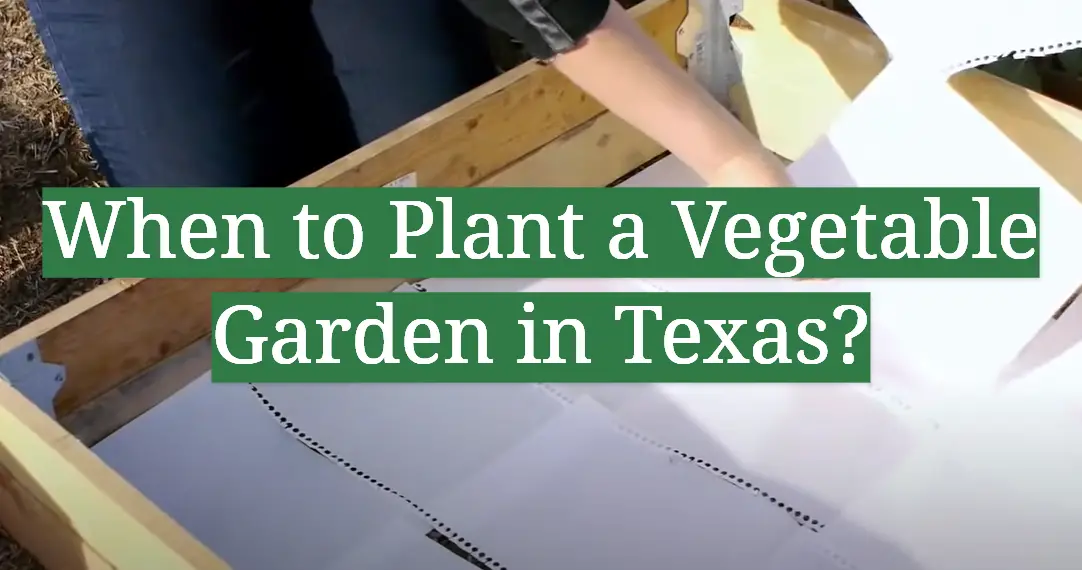
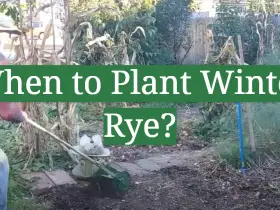

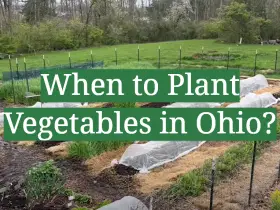
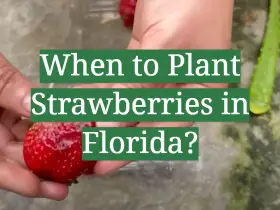
Leave a Reply
View Comments